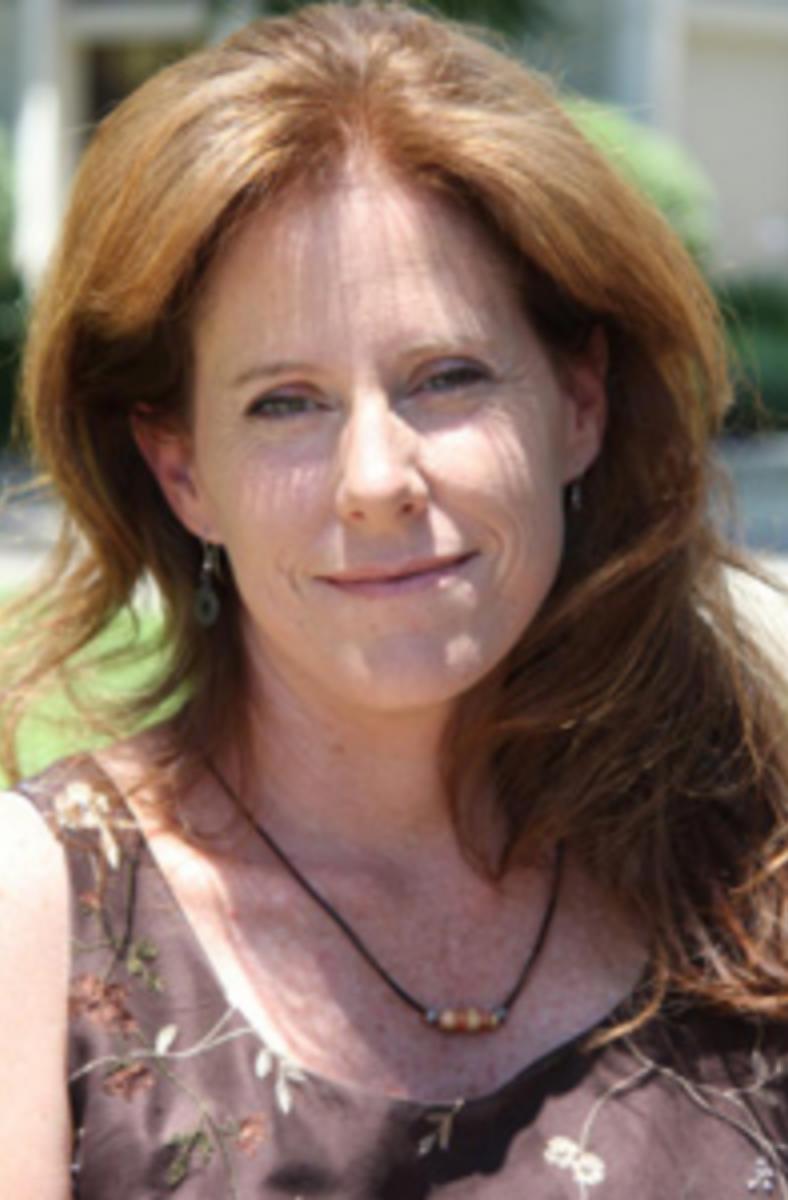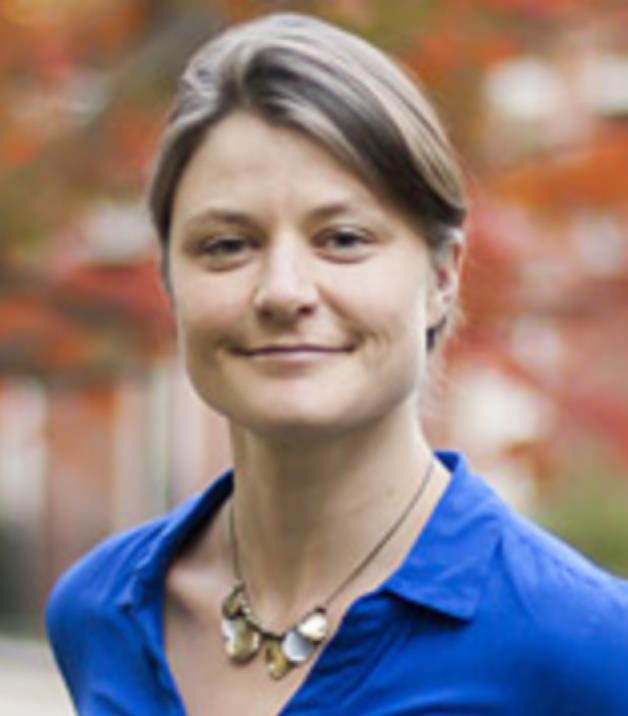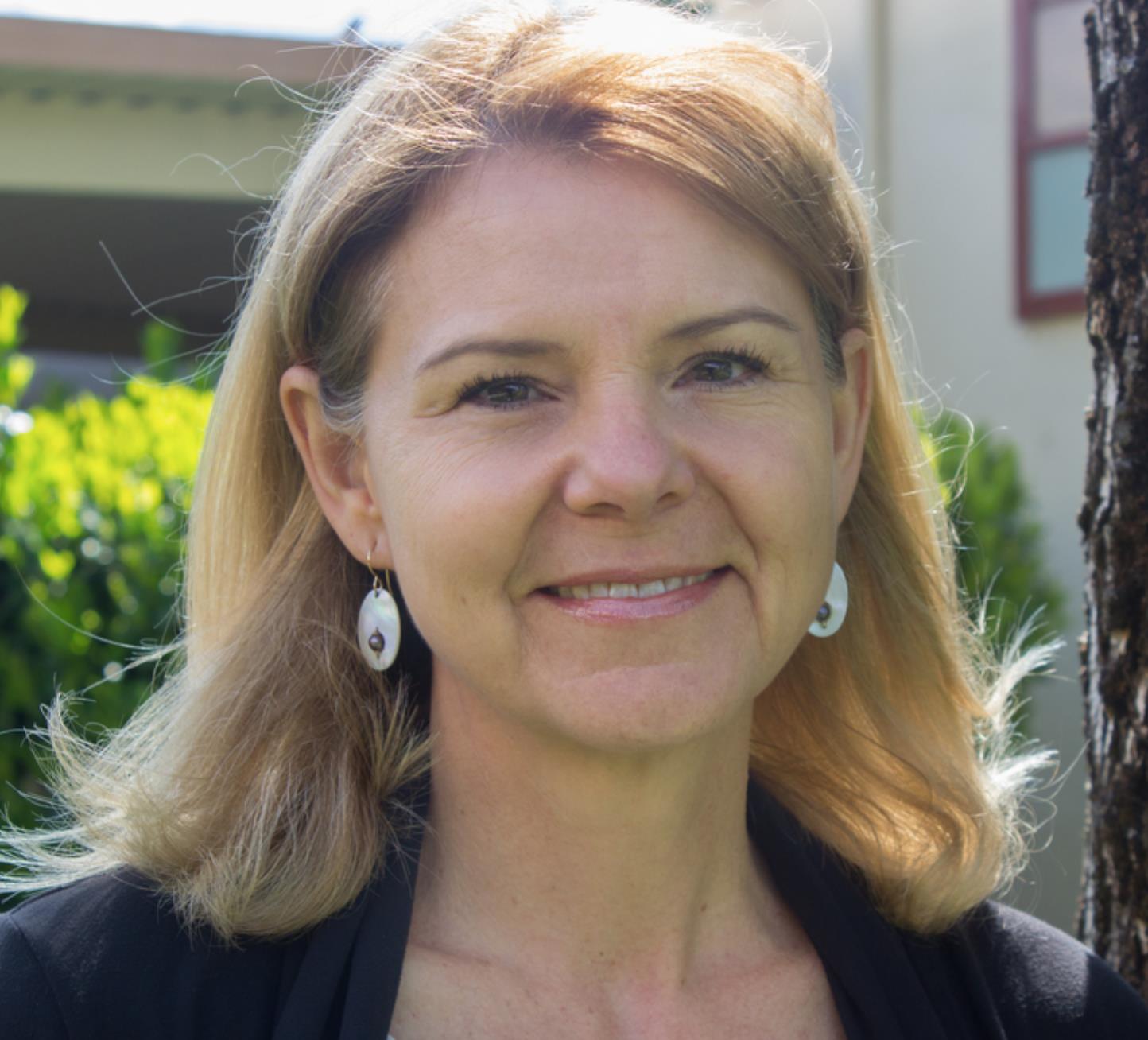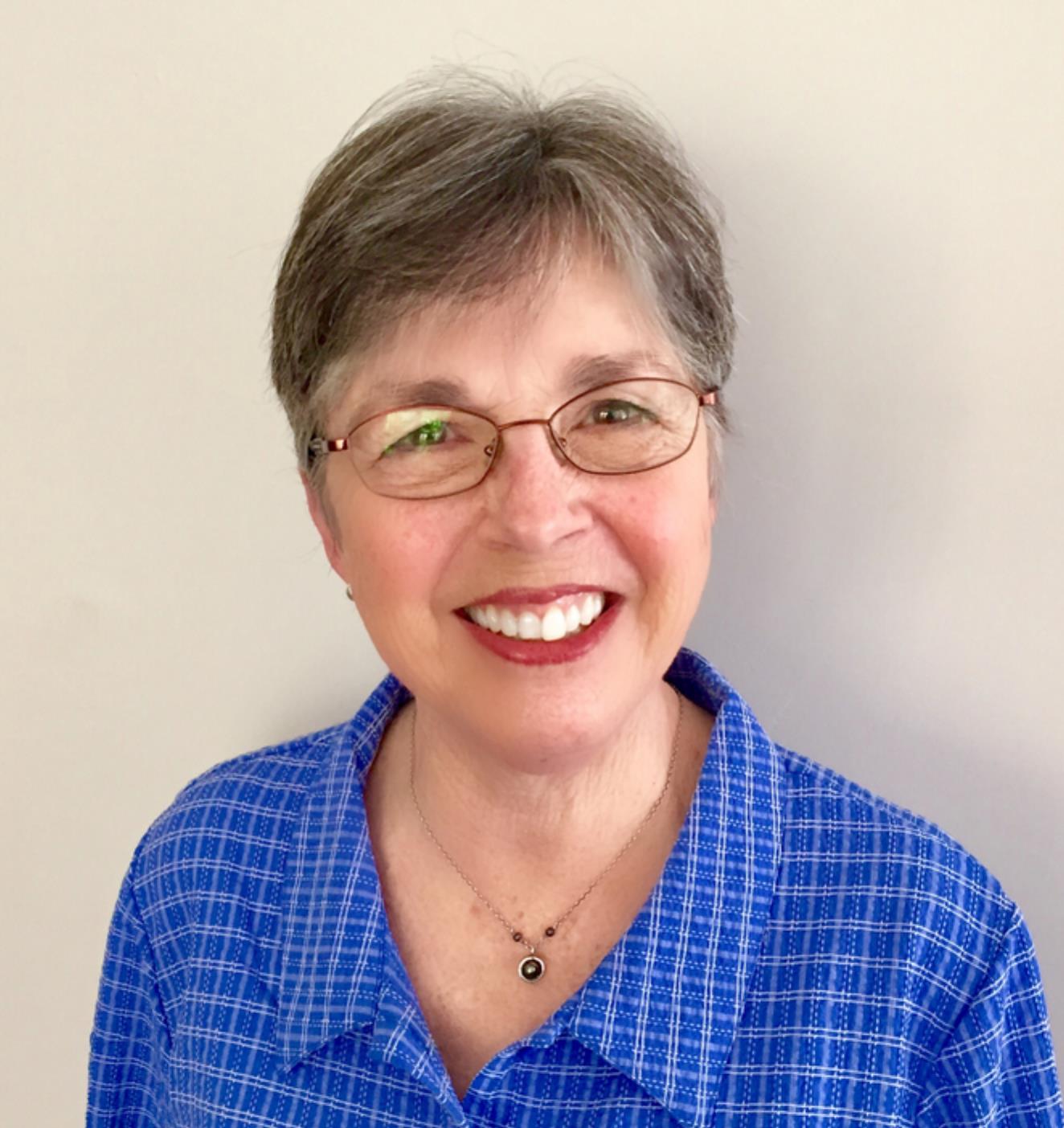What Is Your Model For?
Posted on 2018-08-14
Recently, my colleagues and I had an exchange with some teachers in one of our professional development programs. One teacher said, “I think I do a lot of modeling in my class. I have my kids draw pictures of the science ideas they are learning all the time.”
This description of modeling is common. When we ask our colleagues, either informally or in professional development settings, about their current teaching and the practice of developing and using models, they often respond that they consider models as things like 3-D replicas or drawings. They say, “I have my kids make models of cells, the solar system, the water cycle, atoms, and so on.”
This type of “modeling” activity might sound promising, but it often doesn’t fully realize the potential of the modeling practice. It’s not surprising, though, that this conception of modeling is so pervasive because much of the available information on modeling focuses on drawing as a way to bring kids into this practice. In our experience with modeling, we’ve found that a depiction—usually a drawing—focuses our attention on a surface feature of the practice and not on the deeper knowledge-building potential.
For example, teachers might typically ask students to draw a model of the pond ecosystem, or draw a model of the forces acting on a ball as it rolls down a ramp. But without a clear purpose, students might be confused about how they should interpret these tasks and can’t properly judge their ideas, leaving them to appeal to the teacher or textbook as authority. “Is this right?” is what most students will inevitably ask.
In contrast, when a class can work together to examine a phenomenon or class of phenomena and specify questions they want to answer, the aim is clear, and students can decide if the model is effective by asking, “Does this help us answer our questions in ways that makes sense?”
We believe that viewing modeling as a means to an end is a useful way to think about the practice. Models are not the end products or learning targets in themselves, but they allow us to achieve our explanatory goals. Models help us make sense of a phenomenon in a systematic way and explain what is happening. They are used for an explanatory purpose.
Two of us wrote an academic paper about this idea (Gouvea & Passmore 2017). In it, we suggest a few touchpoints for educators as they consider how the modeling practice is positioned in the classroom. We ask:
- Is there a clear phenomenon? Is there some puzzling or unknown aspect of that phenomenon to investigate? Do students understand their role as trying to understand this phenomenon better?
- Is there a clear question? Does the question help clarify what about the phenomenon is puzzling or unknown? Do students understand their role as attempting to answer that question?
- Is there a clear purpose? Are there clear criteria for what constitutes having made progress toward answering the question? Do students understand they are responsible for generating and evaluating that knowledge? (Gouvea & Passmore 2017, p. 58)
We call this the models of versus models for distinction. By using this simple linguistic distinction, we have found it easier to see models as explanatory tools. When planning lessons, we try to avoid saying that “students will develop a model of photosynthesis.” Instead, we say, “Our class will develop a model for where the matter comes from when a seed becomes a tree.” We find this slight shift in language helps us keep the modeling practice connected to an explanatory purpose. Try it out!
The next time you want to incorporate a modeling experience in the classroom, we suggest you ask yourself what the model is for, without using the name of the science idea or a simple label of the thing in your answer. The word “for” should be followed by a phenomenon and matched to a question we have about that phenomenon, something that the science ideas we are developing as a class will help us explain.
Returning to our earlier example of asking students to “draw a model of the pond ecosystem,” which is rather vague, a teacher might instead want to ask students to “develop a model for why there are more mayflies than frogs in the pond.” This revision centers our modeling work on the phenomenon we are trying to explain. We have found that this simple shift in how we talk about (and hopefully, in how we think about) models in the science classroom can help us engage in this practice in more powerful ways.
Please post your comments below and let us know how it this approach is working for you!
Reference: Gouvea, J. & Passmore, C. Sci & Educ (2017) 26: 49. https://doi.org/10.1007/s11191-017-9884-4
As teachers and science educators we are passionate about the modeling practice and its potential to improve student learning in the science classroom. We are part of the team that developed the high school biology curriculum found at modelbasedbiology.com.
 Cynthia Passmore is a professor of science education at the University of California, Davis.
Cynthia Passmore is a professor of science education at the University of California, Davis.
 Julia Gouvea is an assistant professor in the Department of Education at Tufts University.
Julia Gouvea is an assistant professor in the Department of Education at Tufts University.
 Jennifer Horton is a high school biology teacher and coach in Lincoln, CA.
Jennifer Horton is a high school biology teacher and coach in Lincoln, CA.
 Libbie Coleman is a high school biology teacher in Sacramento, CA.
Libbie Coleman is a high school biology teacher in Sacramento, CA.
Editor’s Note: Download a free sample chapter from the recently published NSTA Press book, Helping Students Make Sense of the World by Engaging in Next Generation Science and Engineering Practice, which explores the modeling ideas in more depth. Purchase the book here. The writers invite readers to check out their high school curriculum project, modelbasedbiology.com (fee required).
This article was featured in the August issue of Next Gen Navigator, a monthly e-newsletter from NSTA delivering information, insights, resources, and professional learning opportunities for science educators by science educators on the Next Generation Science Standards and three-dimensional instruction. Click here to sign up to receive the Navigator every month.
Visit NSTA’s NGSS@NSTA Hub for hundreds of vetted classroom resources, professional learning opportunities, publications, ebooks and more; connect with your teacher colleagues on the NGSS listservs (members can sign up here); and join us for discussions around NGSS at an upcoming conference.
The mission of NSTA is to promote excellence and innovation in science teaching and learning for all.
Future NSTA Conferences
2018 Area Conferences
2019 National Conference
Follow NSTA
Disclaimer: The views expressed in this blog post are those of the author(s) and do not necessarily reflect the official position of the National Science Teaching Association (NSTA).
NGSS Phenomena Science and Engineering Practices Teaching Strategies Three-Dimensional Learning Early Childhood Elementary High School Informal Education Preschool


